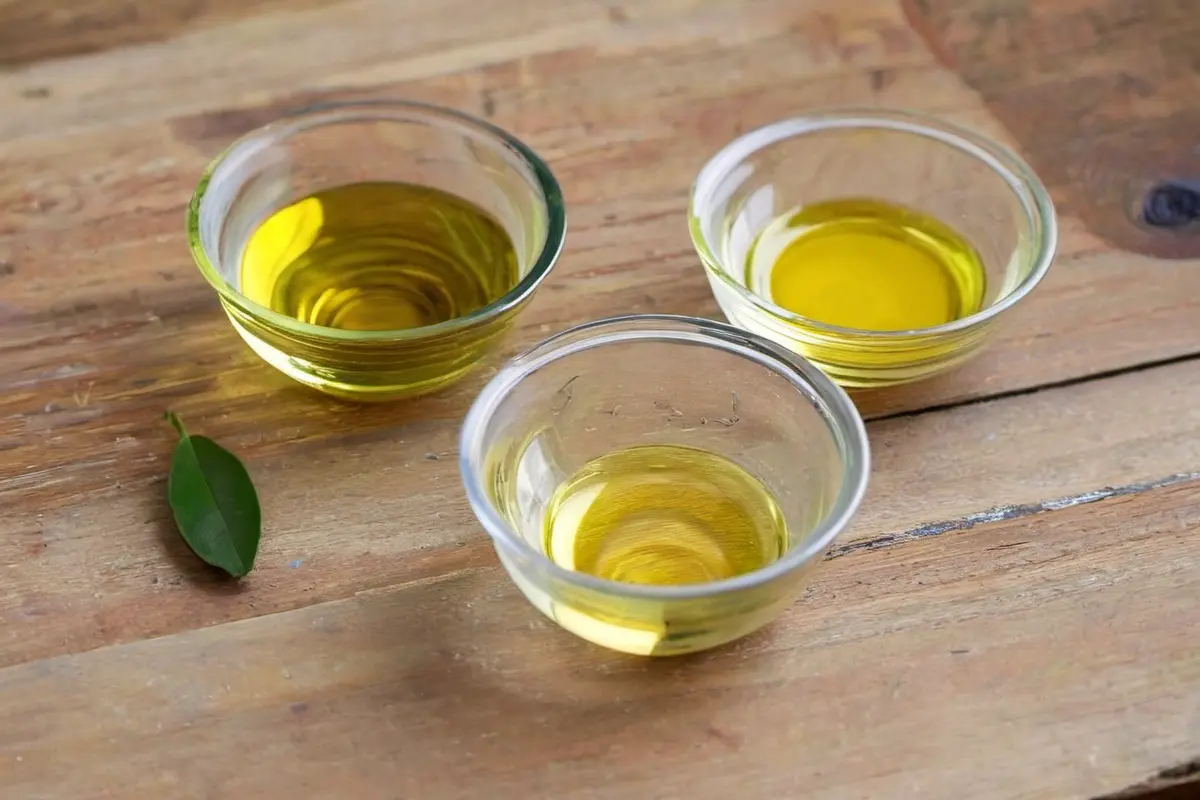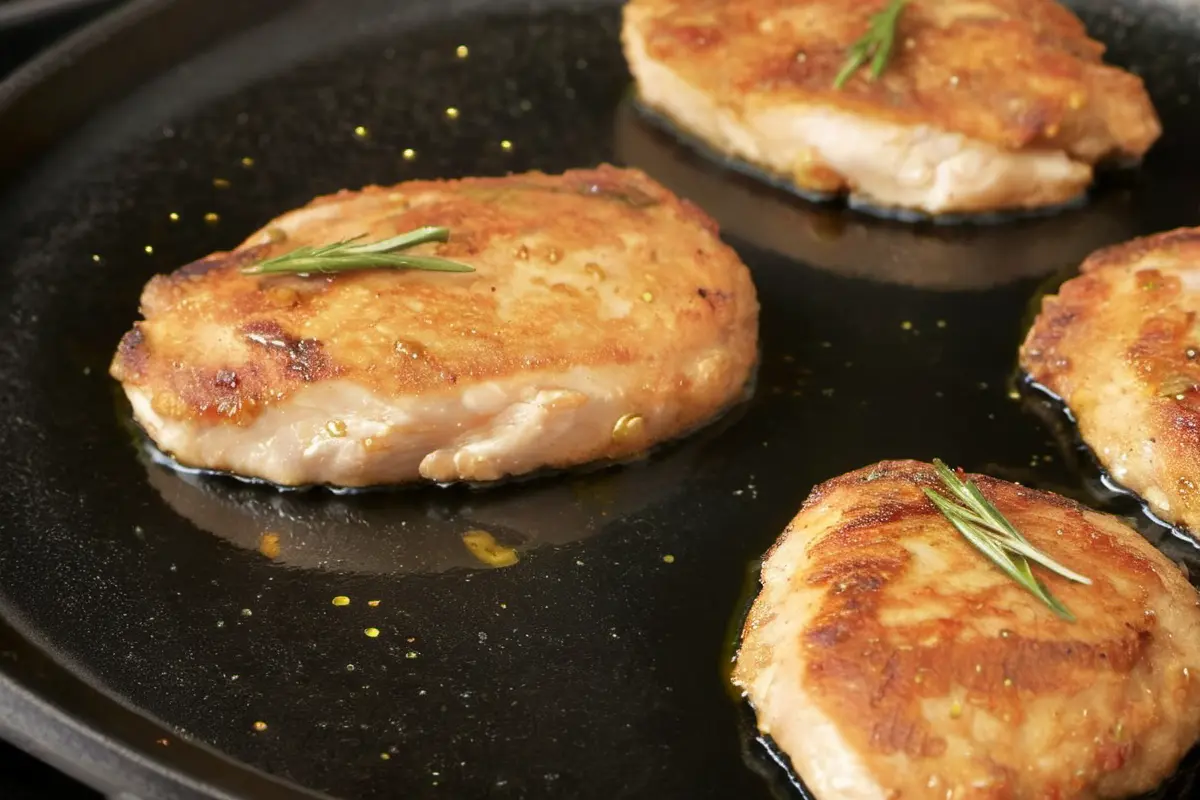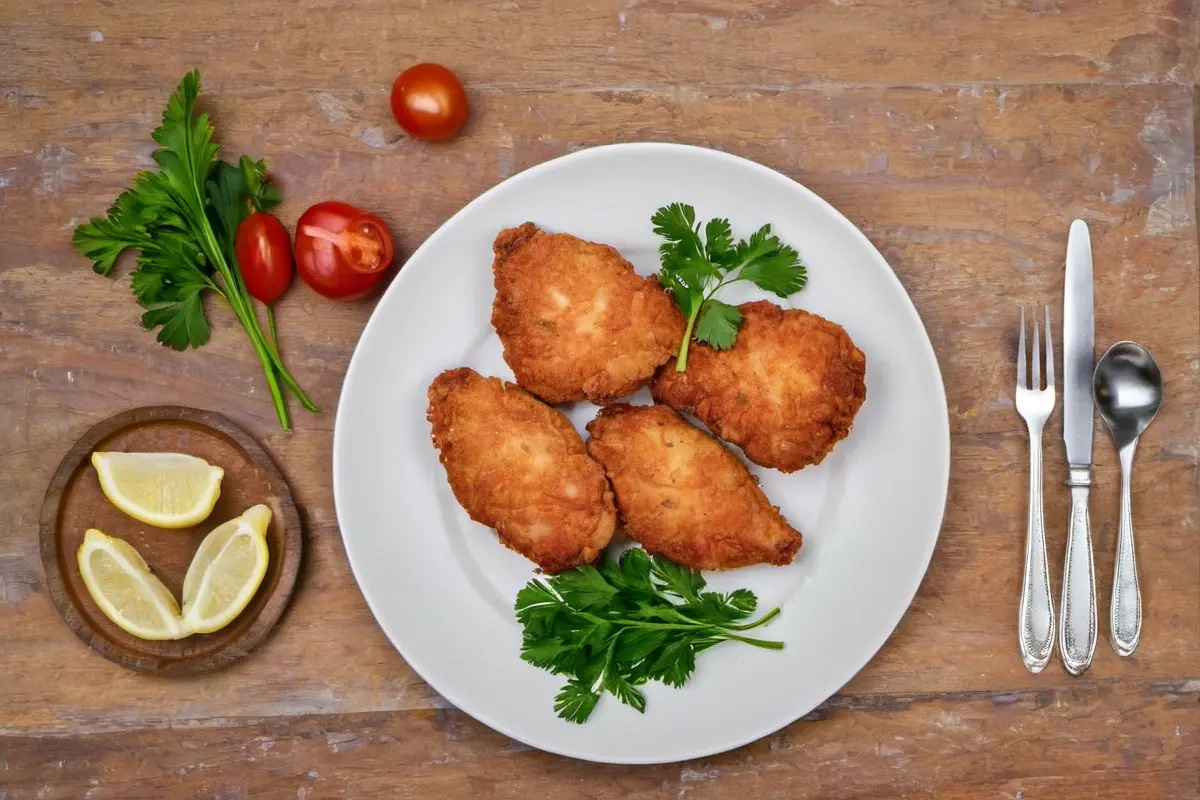When it comes to making chicken cutlets, the choice of oil can make all the difference in taste and healthiness. Throughout this article, we’ll dive deep into the question: What kind of oil do you use for chicken cutlets? We will explore various oils such as avocado oil, olive oil, and canola oil, examining their health benefits, cooking performances, and more. Get ready to uncover the secrets to achieving perfectly fried cutlets every time!
Introduction to Frying Oils
Introduction to the Topic
Frying chicken cutlets isn’t just about cooking; it’s an art that combines flavor, texture, and health. The type of oil you choose is crucial, not only for taste but also for your well-being. So, what kind of oil do you use for chicken cutlets? Let’s find out!
Why the Right Oil Matters
Selecting the right oil for frying chicken cutlets is pivotal. Indeed, the oil impacts everything from the cutlets’ texture to their health benefits. Moreover, each oil has a unique smoke point that affects how well it cooks without breaking down and releasing harmful compounds.
Thus, understanding which oil to use for chicken cutlets can elevate your cooking from good to great. Whether you’re aiming for a crispy finish or a health-conscious meal, the choice of oil is key. Let’s delve into the types of oils most suitable for frying chicken cutlets and their distinctive benefits.
Types of Oils Used in Frying Chicken Cutlets
Overview of Oils
When frying chicken cutlets, several oils come to the forefront. These include avocado oil, canola oil, and extra virgin olive oil. Each has its properties that can influence the outcome of your dish.
Avocado Oil: Health Benefits and Cooking Performance
Avocado oil is renowned for its health benefits. Rich in oleic acid, this oil is a champion for heart health, known to reduce inflammation and help lower cholesterol. Furthermore, it’s packed with chlorophyll and monounsaturated fats, essential for detoxifying the body and improving nutrient absorption. For a detailed exploration of these benefits, consider reading Healthline’s article on 8 Evidence-Based Health Benefits of Avocado Oil.
But how does it perform in the kitchen? With a high smoke point of 475℉, avocado oil is excellent for frying. It maintains stability, ensuring your cutlets are cooked evenly without burning. Plus, its subtle flavor doesn’t overpower the natural taste of the chicken, making it a top choice for those who prefer a cleaner taste.
Canola Oil: Pros and Cons
Canola oil is often debated within culinary circles. While it’s affordable and has a decent smoke point of 400℉, making it a practical option for frying, it’s not without its drawbacks. Much of the canola oil available is RBD (refined, bleached, and deodorized), which involves heavy processing. This can strip the oil of some nutrients, though it still offers benefits like increased insulin sensitivity and improved glucose tolerance.
However, it’s crucial to consider the source of the canola oil you’re using. As it’s largely produced by big corporations, the oil’s quality and extraction process can vary, potentially impacting its health benefits.
Olive Oil: A Healthy and Tasty Option
Olive oil is a favorite in many kitchens, especially for those seeking a combination of flavor and health benefits. High in monounsaturated fats and oleic acid, it helps lower bad cholesterol levels. Olive oil’s rich, distinct taste can enhance the natural flavors of chicken cutlets, offering a slightly fruity or tangy profile that complements the meat beautifully. For further insights on using olive oil in frying, check out this detailed guide on frying chicken cutlets in olive oil here.
Moreover, olive oil produced from single-origin olives—where the production is carefully controlled—tends to have higher levels of antioxidants and polyphenols. When selecting olive oil for frying, choosing high-quality, single-origin oil can provide both health benefits and superior taste.
In the next part of our article, we’ll explore how these oils compare when actually used in frying chicken cutlets, based on personal cooking experiences and a deeper analysis of their cooking performance.

Comparative Analysis and Personal Experience
Experimenting with Different Oils
When it comes to frying chicken cutlets, personal and comparative experiences with different oils can provide valuable insights into their effects on taste, texture, and overall dish quality. Below is a table comparing avocado, canola, and olive oils based on several key factors such as health benefits, smoke point, and flavor impact. This visual aid complements our detailed discussion on how each oil performs under the heat of the kitchen and their suitability for frying chicken cutlets.
| Oil Type | Smoke Point | Health Benefits | Flavor Impact |
|---|---|---|---|
| Avocado | 475℉ | High in monounsaturated fats, reduces cholesterol | Neutral, does not overshadow the natural chicken flavor |
| Canola | 400℉ | Supports heart health, increases insulin sensitivity | Neutral, versatile for various dishes |
| Olive | 400℉ | Rich in antioxidants, lowers bad cholesterol | Adds a subtle, fruity or tangy taste |
Texture and Cooking Consistency
Avocado oil led the pack in terms of texture. The cutlets were evenly fried, achieving a perfect golden crust without any uneven cooking. This oil’s high smoke point means it stays stable under high heat, preventing the oil from breaking down and ensuring consistent cooking.
On the other hand, canola oil was a bit hit-or-miss. Some cutlets cooked unevenly, requiring adjustments during frying to avoid undercooked spots. This inconsistency might be due to its lower smoke point compared to avocado oil, which can lead to variations in cooking temperature.
Olive oil, while not quite as perfect as avocado oil, still performed admirably. The cutlets had a good texture, slightly less even than those fried in avocado oil, but with a pleasing golden color and a satisfying crunch.
Flavor Impact
Flavor is crucial, and here olive oil had a slight edge. The hint of olive added a depth of flavor to the chicken cutlets that was both noticeable and enjoyable. It complemented the natural flavors of the chicken without overpowering them.
Avocado oil, while it didn’t enhance the flavor significantly, didn’t detract from it either. The cutlets tasted clean and pure, allowing the seasoning on the chicken to shine through.
Canola oil, however, while it didn’t produce any negative flavors, didn’t add the extra flavor dimension that olive oil did. The cutlets were tasty, but the oil itself was somewhat neutral, not contributing much to the flavor profile.
Health Considerations
Given the health benefits associated with each oil, the decision might also depend on dietary preferences. Avocado oil offers the best profile in terms of heart health and nutrient absorption. Olive oil is also a strong contender, especially with its cardiovascular benefits. Canola oil, while it has certain health benefits, often comes with concerns due to its processing and the presence of trans fats in some refined varieties.
In conclusion, the choice of oil not only affects the healthiness of your dish but also its taste and cooking quality. Next, we’ll provide a consumer guide on how to choose the right oil for your chicken cutlets, focusing on factors that influence oil selection and offering tips to enhance your cooking experience.
Consumer Guide
Choosing the Right Oil for Your Chicken Cutlets
Selecting the right oil for frying chicken cutlets involves considering various factors, from health implications to cooking performance. Here’s a comprehensive guide to help you make the best choice for your culinary needs.
Factors to Consider
Smoke Point
The smoke point of oil is critical because it determines how well the oil can handle high temperatures without breaking down and producing harmful substances. Avocado oil, with its high smoke point, is ideal for frying at high temperatures, ensuring that the oil remains stable and your cutlets cook evenly. Olive oil and canola oil, while having lower smoke points, are still viable options if used correctly and not overheated.
Health Benefits
When it comes to health, choosing an oil rich in beneficial fats and low in harmful compounds is key. Avocado oil is highly recommended due to its high levels of monounsaturated fats and health-boosting compounds like oleic acid and chlorophyll. Olive oil is also a great choice for its cardiovascular benefits and high content of antioxidants and polyphenols. Canola oil, although useful in moderation, often raises concerns due to the common use of processing methods that may reduce its health benefits.
Flavor
The flavor of the oil can significantly impact the final taste of your chicken cutlets. Olive oil imparts a distinct, slightly fruity flavor that can enhance the taste of your dish. Avocado oil is more neutral, making it a versatile choice that won’t overpower the natural flavors of your ingredients. Canola oil, being the most neutral, is a flexible option if you prefer no additional flavors.
Tips for Selecting High-Quality Oil
- Read Labels Carefully: Look for terms like “cold-pressed,” “unrefined,” or “extra virgin,” as these indicate less processing and more retention of the oil’s natural qualities and nutrients.
- Consider the Source: Knowing where your oil comes from can provide insights into its quality. Oils sourced from single-origin or small-batch producers often offer superior taste and health benefits.
- Check for Freshness: Oils can go rancid over time, which not only affects their health benefits but also their flavor. Always check the production and best-by dates to ensure you’re using fresh oil.
By understanding these factors and considering how each type of oil aligns with your cooking needs and health preferences, you can choose the best oil for frying chicken cutlets that meets both your taste and health criteria. In the next section, we’ll answer some frequently asked questions to help clarify common concerns and provide additional insights into using the right oil for frying chicken cutlets.

Conclusion
In wrapping up our discussion on the best oils for frying chicken cutlets, it’s clear that the choice of oil can significantly influence both the healthiness and tastiness of your meals. Avocado oil stands out for its high smoke point and health benefits, making it an excellent choice for those who prioritize cardiovascular health and cooking stability. Olive oil is ideal for those seeking a rich flavor to enhance their dishes, while canola oil remains a versatile, if less favored, option due to its neutral taste and availability.
Making the Right Choice
When choosing the oil for your chicken cutlets, consider not only the flavor profile you desire but also the health implications of each oil. Each type has its merits and can be suited to different cooking styles and dietary needs. Experimenting with different oils can also be a fun and informative way to discover new flavors and textures in your cooking.
Cooking with Confidence
Equipped with knowledge about the smoke points, health benefits, and flavor contributions of various cooking oils, you’re now ready to make informed choices that align with your culinary goals. Whether you’re cooking a family dinner or preparing a special meal, the right oil can elevate your chicken cutlets from good to extraordinary. Explore these chicken cutlet recipes for more delicious ideas to try in your kitchen here.
By focusing on quality ingredients and suitable cooking methods, you can ensure that your chicken cutlets are not only delicious but also prepared in a way that is good for your health. So next time you’re in the kitchen, remember the insights from this guide, and enjoy every bite knowing you’ve chosen the best oil for your needs.

